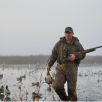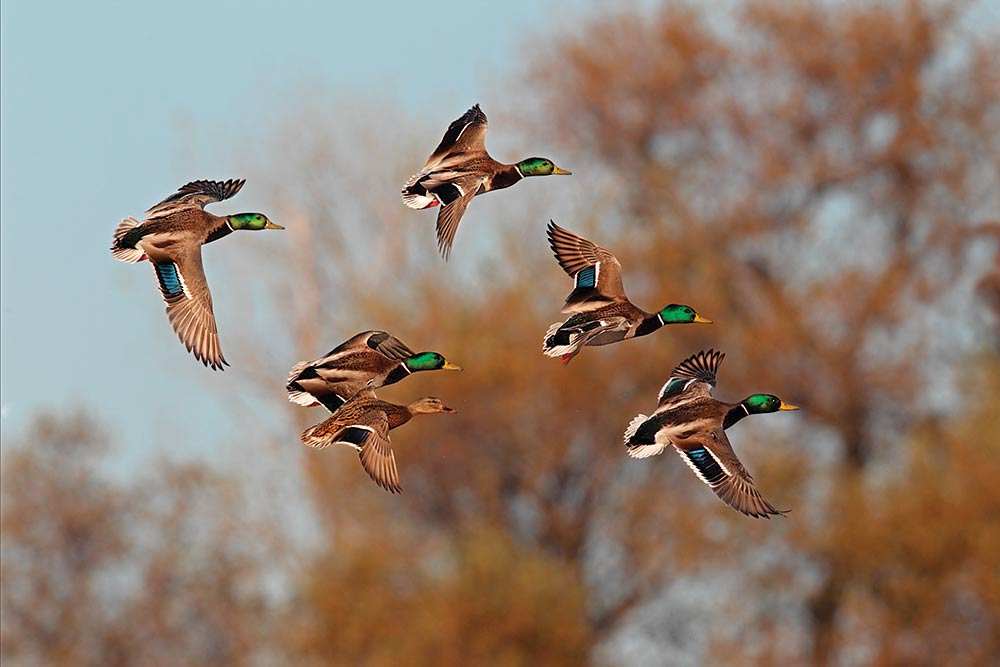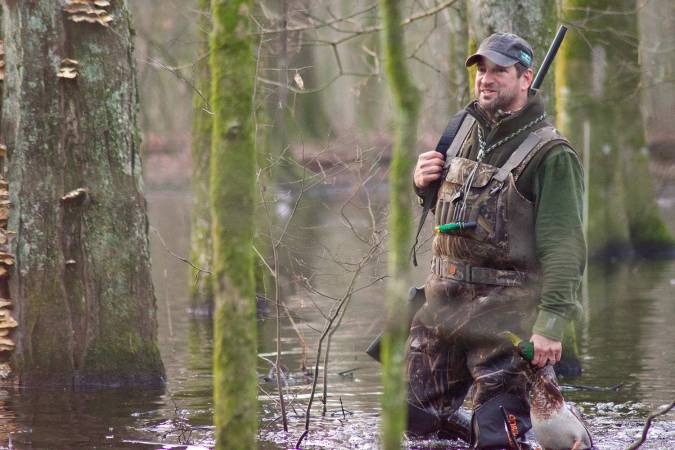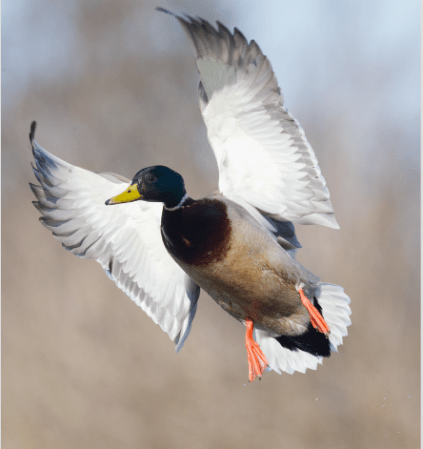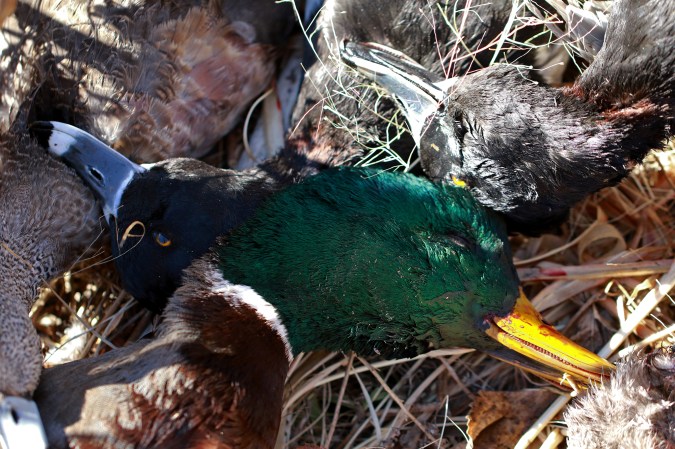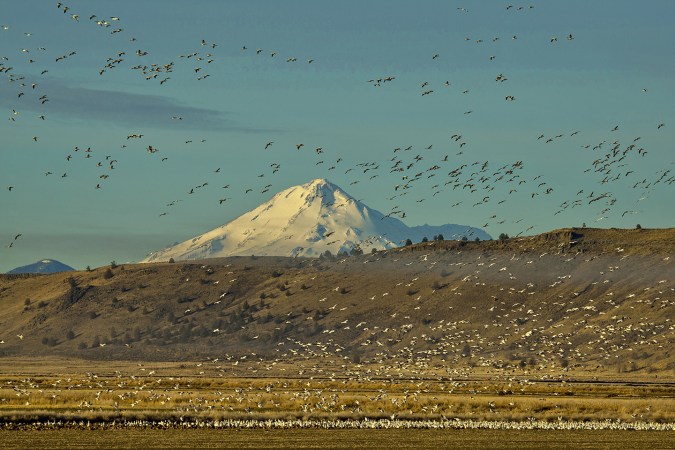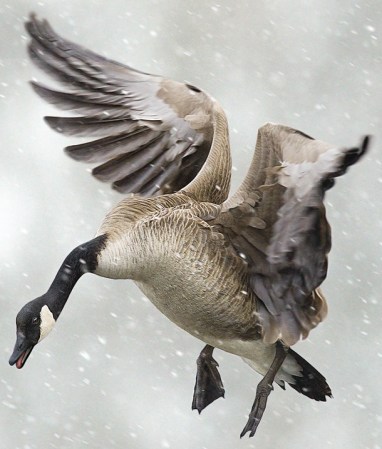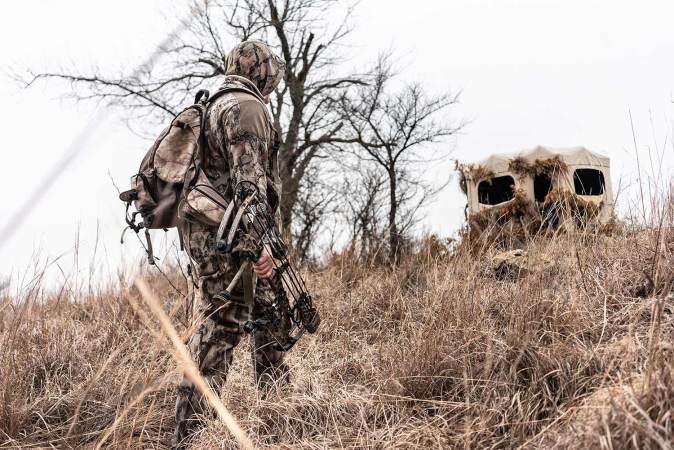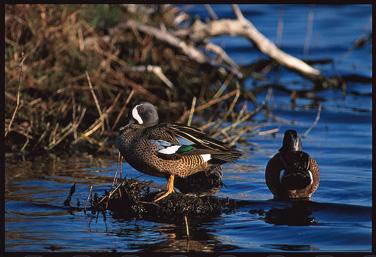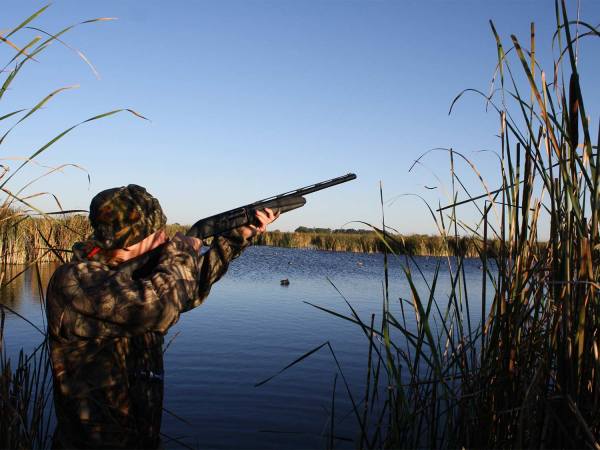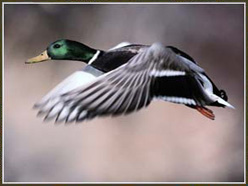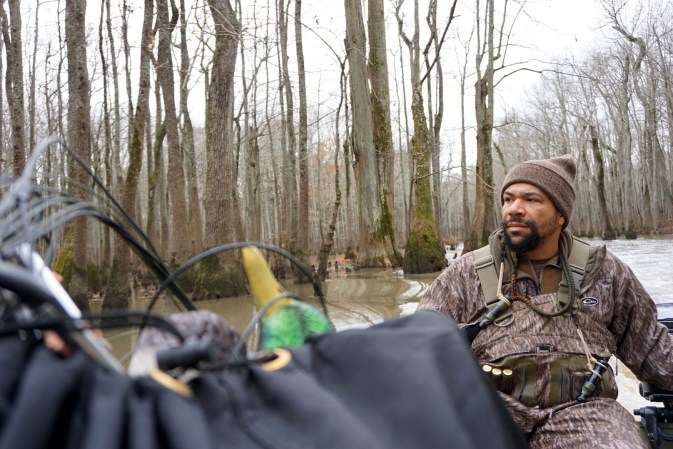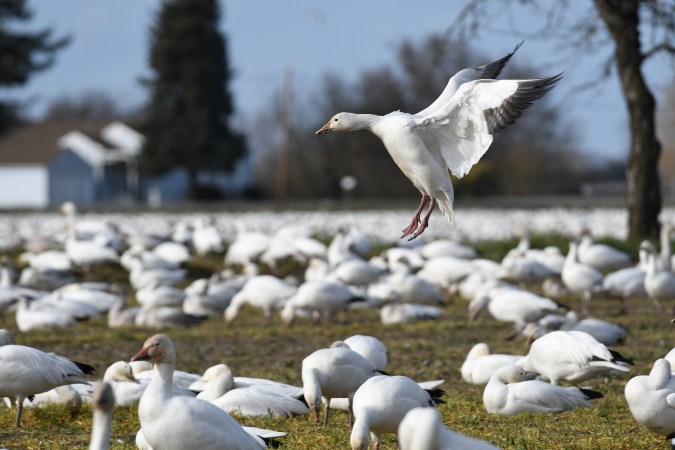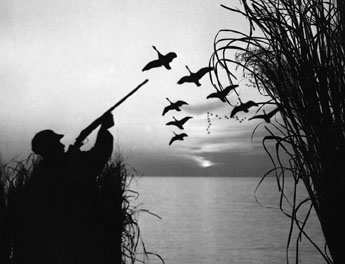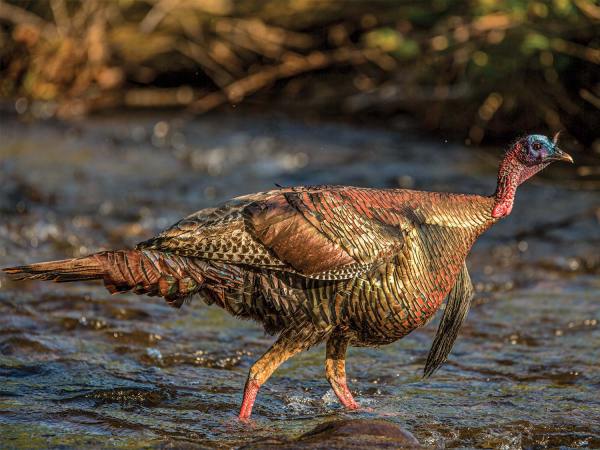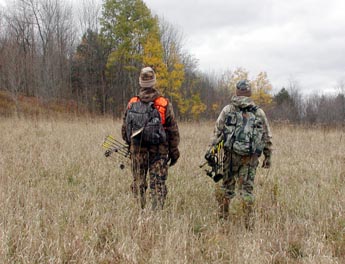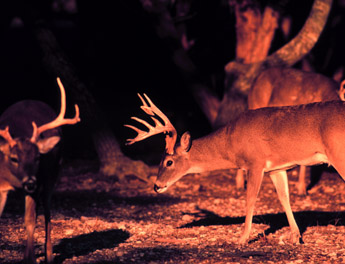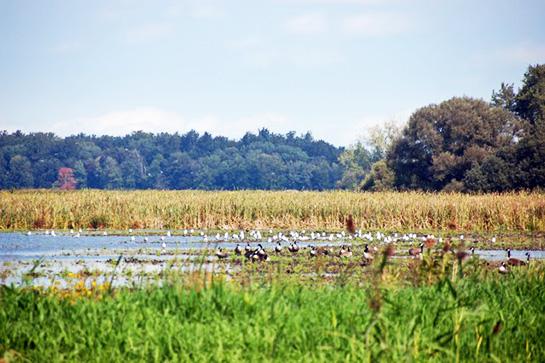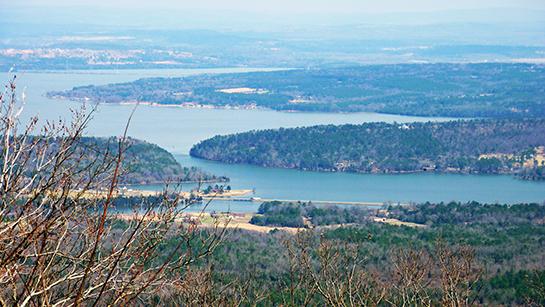Calling down migrating mallards into Arkansas’ legendary flooded green timber is a bucket-list hunt for any serious waterfowler. And you don’t need an expensive duck lease or a membership to a fancy club to get in on the action. Arkansas is home to thousands of acres that are open to public duck hunting. Places like Bayou Meto Wildlife Management Area (33,832 acres), Cache River National Wildlife Refuge (68,993 acres), and Black River WMA (25,000 acres) have storied pasts and continue to provide excellent duck hunting today. But you’ve got to put the work in first.
Log In
Digital maps and GPS will show you property lines, topography, and, most important, holes in the timber. Your goal in these online scouting sessions is to find openings in the flooded timber where ducks are likely to land. But a good hole doesn’t need to be very large—about 100 yards wide is ideal. And the hole doesn’t even need to be completely clear. Ducks will drop down through the tree limbs.
Also, monitor river levels closely. The timber floods when rivers overflow their banks. With a higher flood stage, more area will be covered by water, and more holes in the timber will be accessible. But if the water level is too high, ducks won’t hold in the timber at all. Zero in on backwater edges of the flood.
Boat In
Now it’s time to put your boat in the water. State lands in Arkansas require that everyone is off the property by noon (even if you’re not hunting). That means you’ve got to sacrifice a morning hunt for a scouting mission. Enter the area an hour after shooting time to avoid bumping into other hunters. Find a block of woods away from everyone else and quietly wade in with the boat. Watch for ducks working and try to pinpoint exactly where they’re feeding. Once you’ve found the X, hunt it the next morning. Don’t wait. A hot honey hole might not last long in public timber. If the hunt isn’t working out as planned, be willing to move. Hunt where the ducks want to be.
Federal refuges allow afternoon access (though not all allow hunting every day), so launch the boat in the evening and drift the main river, using the motor sparingly. (Cruising the river on full throttle only blows out birds.)Watch for ducks pitching down, and then start in that location the next morning.
Read More: Tactics for Hunting Public Land and Stories About Why We Love It
Acorns are the key to a good shoot in flooded timber—any spot you hunt should have a mass of acorns floating on the surface. Tall white oaks produce the largest mast crops, so look for those trees first. The white oak family includes a variety of subspecies such as burr and post oaks, and you should be able to identify them all. Check out the bark carefully—a white oak’s bark will be very light in color and smooth in places. Their acorns are large—about ¾ inch long—but not too large for a duck to swallow. Find a quiet stand of old white oaks in the evening, and you’ll be covered up in greenheads in the morning.
